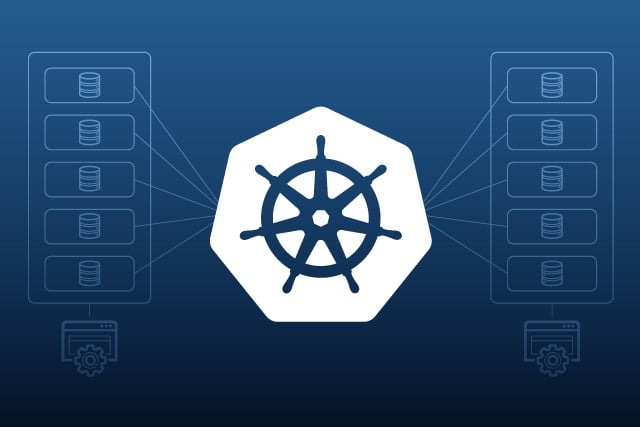
Securing the Kubernetes Mesh
- Published on
- Authors

- Author
- Ram Simran G
- twitter @rgarimella0124
Kubernetes has become a cornerstone of modern cloud-native applications, offering powerful container orchestration capabilities. As organizations increasingly adopt Kubernetes, understanding its network security services is crucial for maintaining robust and secure deployments.
The Importance of Network Security in Kubernetes
In a distributed system like Kubernetes, network security plays a vital role in protecting applications, data, and infrastructure. The platform offers several built-in services designed to enhance security at various levels of the network stack.
Key Kubernetes Network Security Services
Let’s explore the primary network security services provided by Kubernetes:
NetworkPolicy
- What it does: Defines network connectivity between pods
- When to use: For isolating workloads and restricting traffic flow
- Real-world example: Enforcing zero-trust architecture and preventing lateral movement
Ingress
- What it does: Manages external traffic exposure for services
- When to use: When exposing services securely to external clients
- Real-world example: Implementing Web Application Firewalls (WAF), rate limiting, and TLS termination
Service
- What it does: Exposes a set of pods as a network service
- When to use: For accessing pods from outside the cluster
- Real-world example: Load balancing and service discovery
ConfigMap
- What it does: Stores non-confidential configuration data
- When to use: For managing application configuration
- Real-world example: Storing firewall rules and network policies
Secret
- What it does: Stores sensitive information
- When to use: For managing secrets securely
- Real-world example: Storing encryption keys and API tokens
DaemonSet
- What it does: Runs a single instance of a pod on each node
- When to use: For deploying system-wide daemons
- Real-world example: Deploying network security agents
PodSecurityPolicy
- What it does: Defines security constraints for pods
- When to use: For enforcing pod security standards
- Real-world example: Restricting allowed capabilities and ensuring image integrity
Namespace
- What it does: Provides isolation between different project teams
- When to use: For separating environments and limiting blast radius
- Real-world example: Isolating development, staging, and production environments
Best Practices for Kubernetes Network Security
To maximize the effectiveness of these services, consider the following best practices:
- Implement the principle of least privilege
- Use network policies to segment traffic
- Encrypt sensitive data at rest and in transit
- Regularly update and patch Kubernetes and its components
- Monitor network traffic for anomalies
- Implement strong authentication and authorization mechanisms
Cheers,
Sim